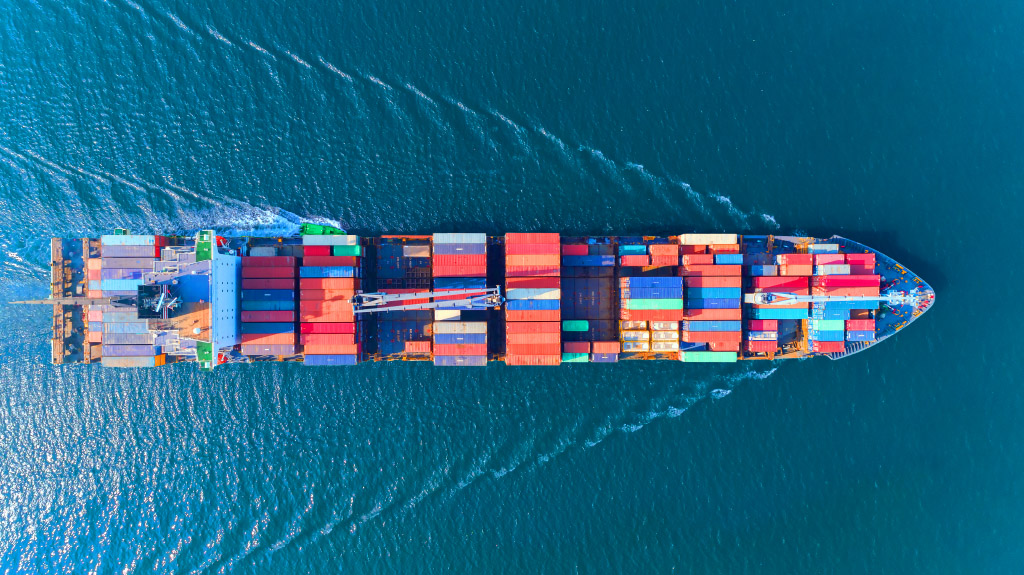
The warehouse explosion in Beirut was a stark reminder of just how susceptible storage facilities can be to man-made catastrophes. With the high accumulation of goods regularly moving in and out of warehouses, fires are among the biggest source of accidents that are just waiting to happen. And when they do, the costs for businesses can be colossal. Industry experts estimate insured losses for the port explosion in Beirut could reach up to $5 billion.
It’s easy to be mistaken into believing these types of catastrophes only come along every so often. But just last February, UK online supermarket Ocado experienced a fire at their flagship warehouse in Hampshire. An electrical fault in a battery charging unit caused a plastic lid to catch light, destroying £100m stock and vital machinery.
In a similar scenario to Beirut, an explosion in 2015 in a factory at China’s port of Tianjin devastated the local area. Warehouses, shipping containers and millions of dollars-worth of cargo were destroyed in its wake.
And back in 2004, a fire at the Momart warehouse in East London incinerated more than 100 artworks owned by Charles Saatchi, as well as many other major British art collectors.
Businesses can’t exactly avoid warehouses altogether – storing goods is very much part of the supply chain. But investing in comprehensive insurance cover for cargo while in transit or whilst stored in a warehouse is a natural purchase for many exporters and importers.
However, just as important for any business unfortunate enough to find themselves needing to make a claim after a disaster of this magnitude, or even on a smaller scale, the speed at which they are helped in making a claim and mitigating the situations can make an enormous difference to how quickly, or if at all, their business recovers.
Speed is of the essence
The first step is to alert insurers and start putting the claims process in motion as soon as possible.
Then it’s about getting boots on the ground and appointing loss adjusters.
They’ll be able to go into the site and review what’s happened – whether anything can be fixed or what the likely recovery will be.
As a broker we will work with insurers to appoint risk consultants who can advise on loss prevention methods that can stop a bad situation from becoming a disaster.
Some of the larger scale, more high-profile catastrophes will also need effective reputation management and a professional crisis management team will need to be appointed. Brokers should have ready access to these specialists and be able to put an experienced team in place to handle any fallout from the loss.
Throughout the process of recovery and settlement it is vital that the broker keeps the client regularly updated and ensures the claim progresses without delays and minimal inconvenience from the time of notification through to the final settlement. A speedy settlement is not only what the client expects, but particularly in the case of substantial loss event, can determine if the business survives or goes under.
Claims of this nature do happen more regularly than you might think, and we’ve only just scratched the surface of the major claims in the last couple of decades. Dig a little deeper and you’re sure to uncover a long line of smaller-scale exposures that could just as easily have developed into the devastation we saw in Beirut.
Looking into the future, it seems certain that fire and explosion will sadly remain facts of life in locations where cargoes are stored. And with new losses likely to emerge from the impact of climate change or an increase in cyber attacks it’s vital that importers and exporters adopt a risk management strategy that protects their cargo in the event of a disaster. And as part of that strategy, an exemplary service from the specialist cargo broker should be high up the priority list.
For more information on protecting cargo on the move or while in warehouse storage, please visit our cargo home page or contact Ellis Morley.
